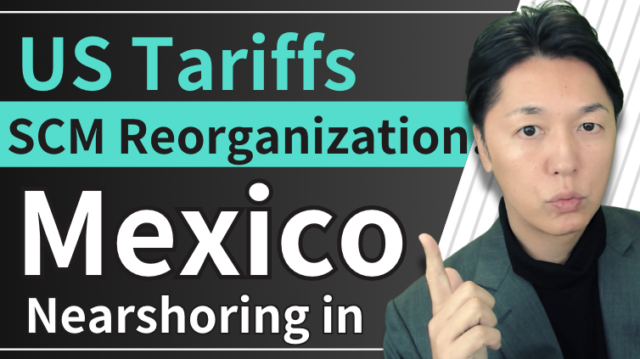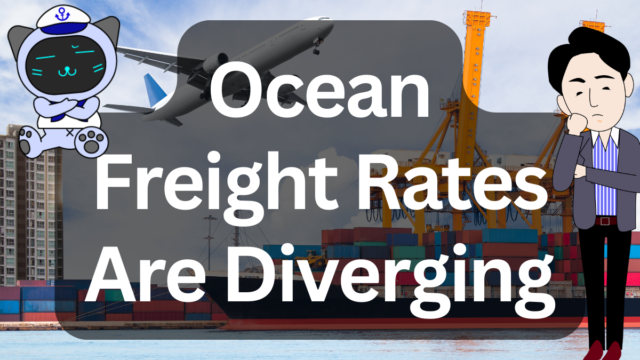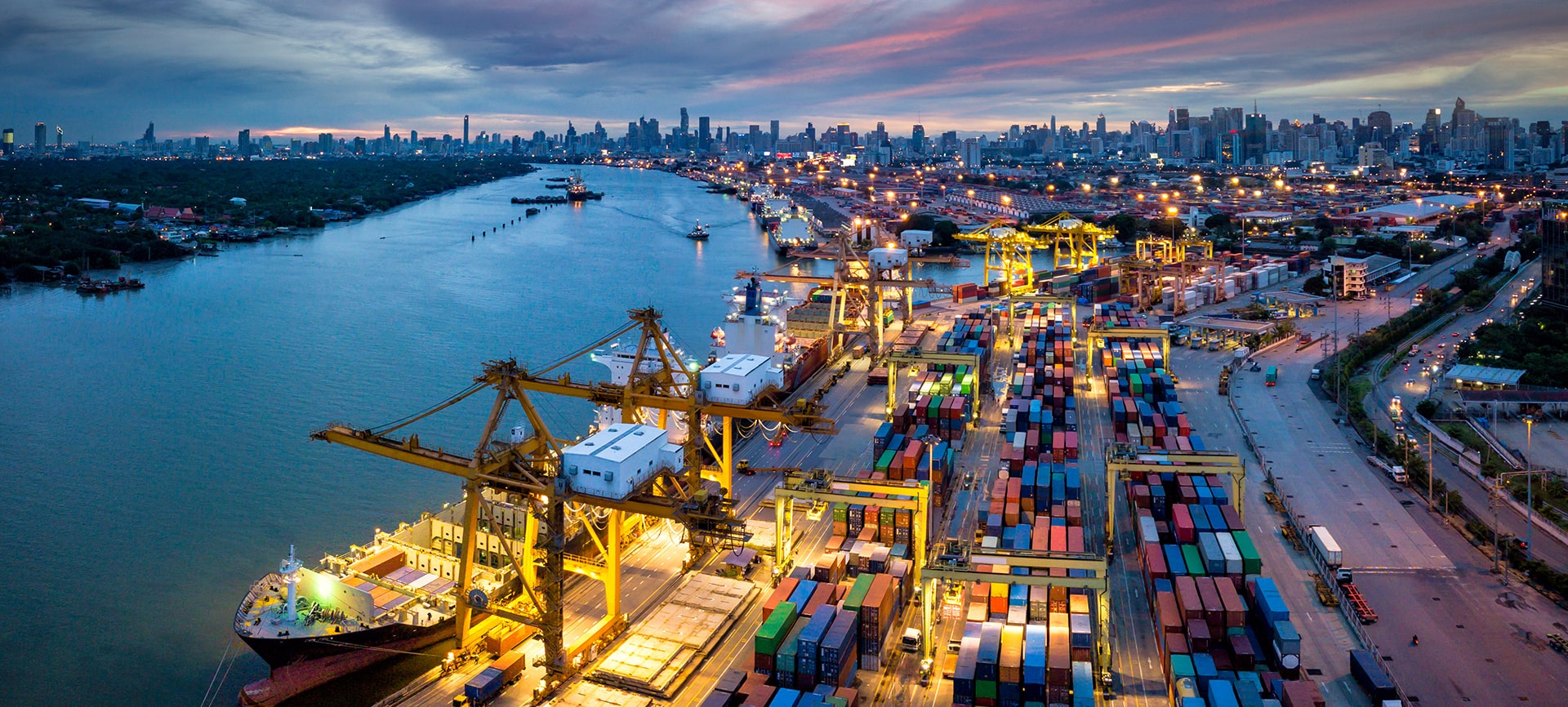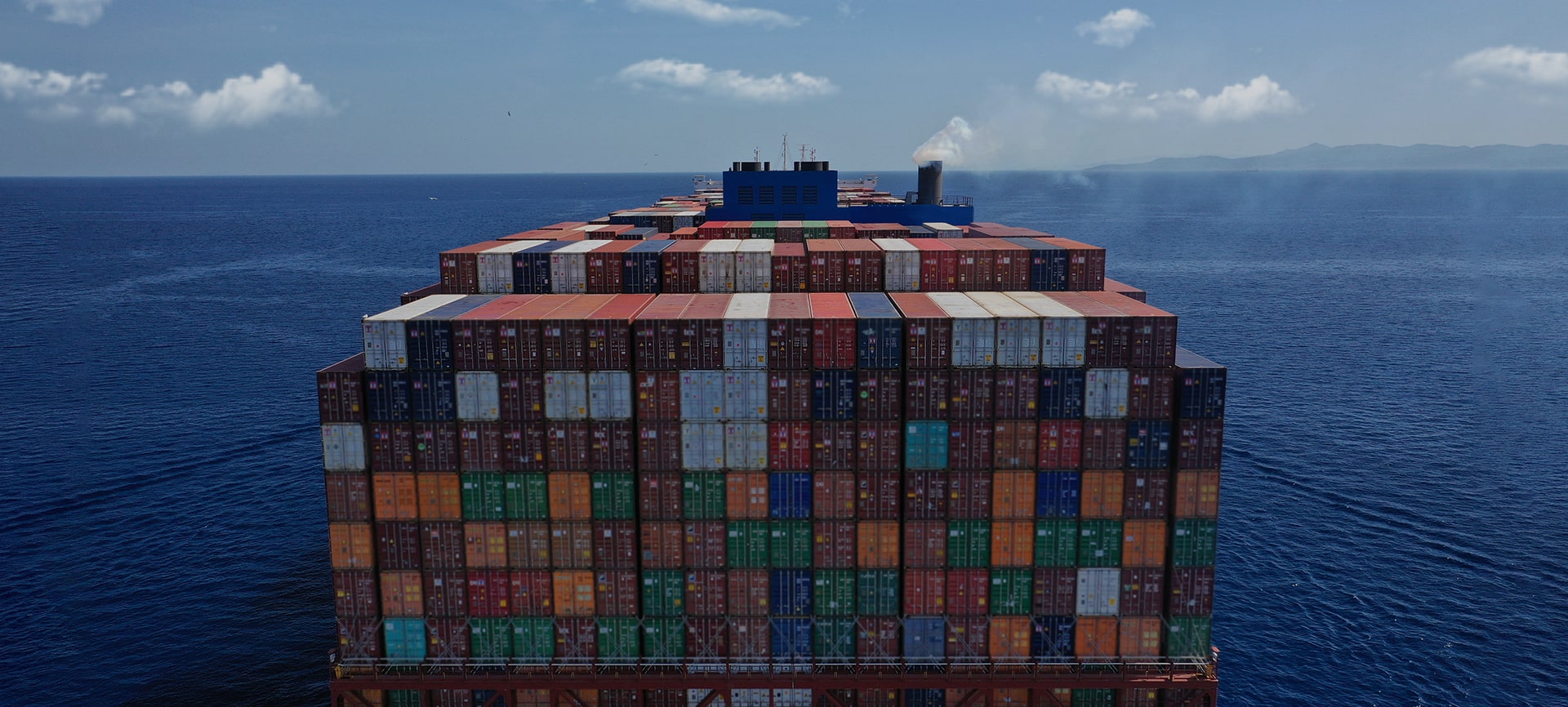Posted on: October 15, 2025 / Last updated: October 15, 2025
China Imposes “Special Port Fees” on US-Linked Vessels: Maritime Tariff War Begins
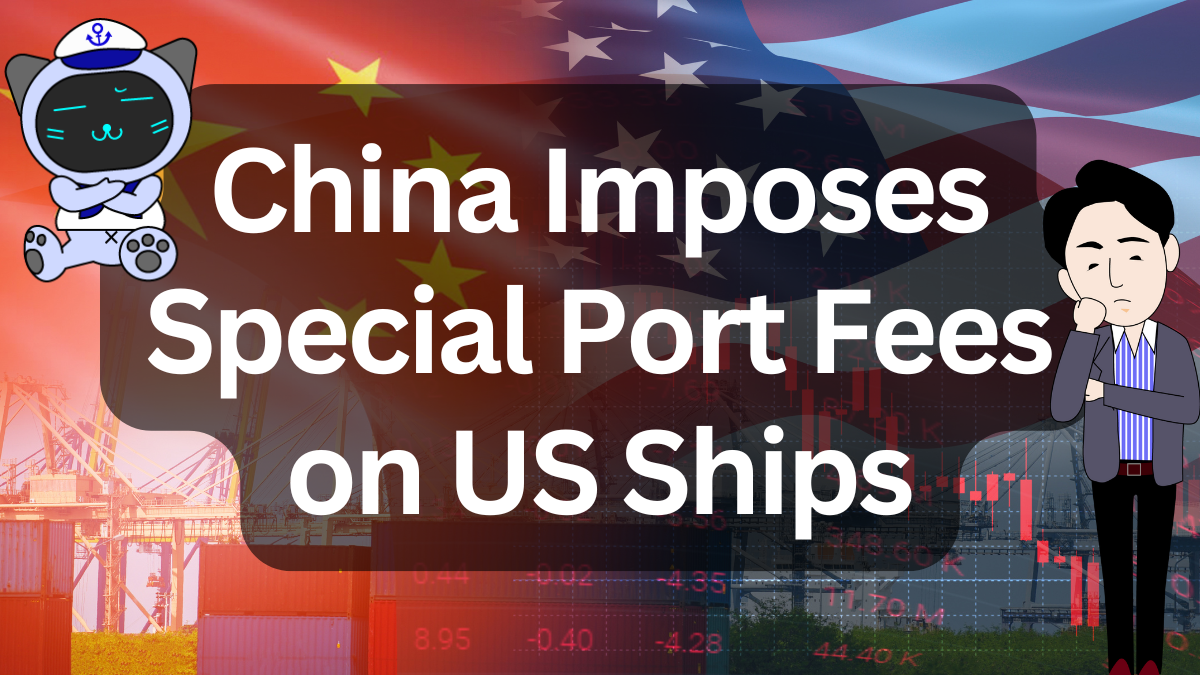
On October 15, 2025, the US–China “maritime tariff war” officially began.
On October 10, China’s Ministry of Transport announced a new “Special Port Fee”, shocking the global shipping industry.
This measure is a retaliatory action against the US Trade Representative’s (USTR) decision to impose port entry fees on vessels linked to China.
The Chinese scheme took effect on the 14th, introducing additional costs for US-related vessels. Maritime transport has now become another battleground in the escalating economic confrontation.
CONTENTS
Overview of the Special Port Fee: Up to 155 USD Per Ton
Under the new system, vessels calling at Chinese ports that are classified as “US-related” are charged 400 yuan per net ton (approx. 55 USD).
The fee will be raised in stages as follows:
- October 14, 2025: 400 yuan (approx. 55 USD)
- April 17, 2026: 640 yuan (approx. 88 USD)
- April 17, 2027: 880 yuan (approx. 121 USD)
- April 17, 2028: 1,120 yuan (approx. 155 USD)
If a vessel calls at multiple Chinese ports during the same voyage, the fee applies only at the first port of call.
Each vessel is charged a maximum of five times per year, mirroring the USTR’s structure almost exactly.
Broad Scope and Ambiguous Definitions
The Special Port Fee is not limited to US-flagged vessels. It applies to ships that meet any of the following conditions:
- US-flagged vessels or vessels built in the US
- Vessels owned or operated by US companies, organizations, or individuals
- Vessels owned or operated by companies in which US entities hold 25% or more voting rights or board seats
This means the system examines “where the vessel was built” and “who holds ownership,” making it complicated for corporate groups and consortia to determine whether they fall under the rule.
Operational Chaos: Only Four Days’ Notice
Shipping lines and agents were caught off guard, with only four days between the announcement and implementation.
A major issue is cost allocation under existing charter party agreements.
If no special clauses exist, shipowners or vessel managers typically bear the costs.
This sudden change may lead to short-term scheduling inefficiencies and could push up spot rates in the dry bulk market.
Iron Ore Routes Could See Additional Costs of Up to 130–160 Million USD Annually
According to European data firm Kpler, if the fee reaches the final stage of 1,120 yuan, major iron ore shipping routes could face an extra annual cost of 13–16 million USD per vessel.
This would be a significant blow to bulk carriers serving China.
Container Shipping Also Affected: CMA, Maersk, Matson and Others
The container sector is not immune.
CMA-CGM’s APL, Maersk, and Matson (China–Hawaii/US West Coast routes) are likely to be affected.
Meanwhile, ZIM of Israel is listed in the US but has less than 25% US shareholder ownership and is expected to be exempt.
Limited Direct Impact, But Heavy Strategic Implications
Because few vessels are built in the US, the direct impact may be limited.
However, the key point is that China has extended its retaliation to the maritime domain.
Political tensions could increasingly affect shipping costs and port access, raising geopolitical risks in trade and logistics.
Conclusion: A Dual Strategy of Retaliation and Industrial Protection
This Special Port Fee is more than just retaliation. It is a dual strategy combining shipbuilding protection and counterpressure on the US.
For shipowners and shippers, new operational risks are emerging, including:
- Cost allocation under existing contracts
- Verification of vessel origin and ownership structures
- Compliance with reporting requirements when calling at Chinese ports
The logistics sector is entering an era where politics exerts increasing influence over maritime operations.


